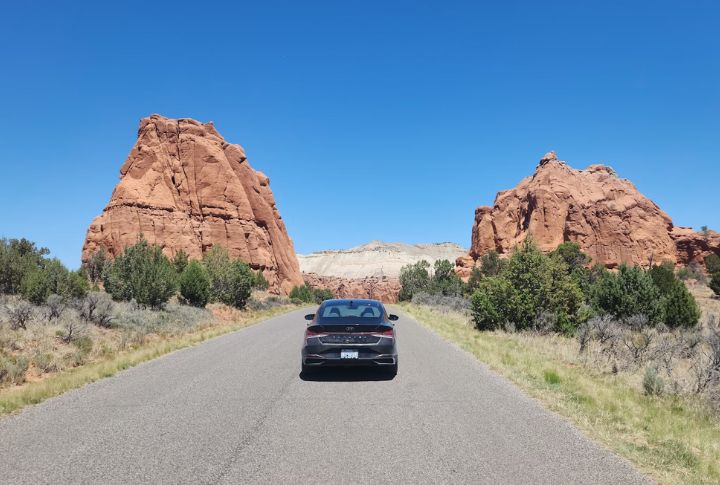
Across the US, speed limits reflect more than just policy—they’re shaped by geography and safety considerations. States with vast rural highways often permit higher speeds to match long-distance travel needs. Others, with dense populations or hazardous weather, enforce stricter limits. So, let’s explore the states where local conditions influence how fast you’re legally allowed to drive.
Fast: Texas
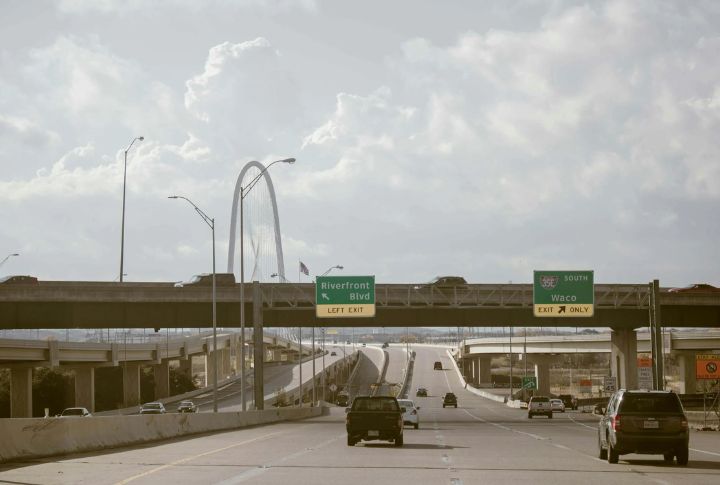
Texas, with its vast scenery and endless highways, permits drivers to reach speeds of up to 85 mph, which is the highest in the country. Expansive rural stretches with light traffic justify the higher limit, but safety experts warn that higher speeds can increase crash severity, especially in less populated areas.
Slow: Hawaii
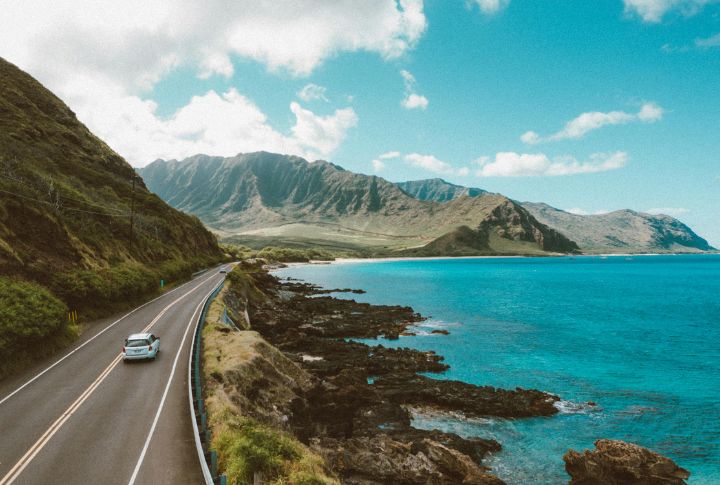
In a state known for its island vibe, speed takes a backseat to caution. Hawaii’s top limit of 60 mph may seem slow, but narrow roads, tourist-heavy areas, and unpredictable weather justify the restriction. Slower speeds protect pedestrians and cyclists navigating congested city streets and winding coastal routes.
Fast: Utah
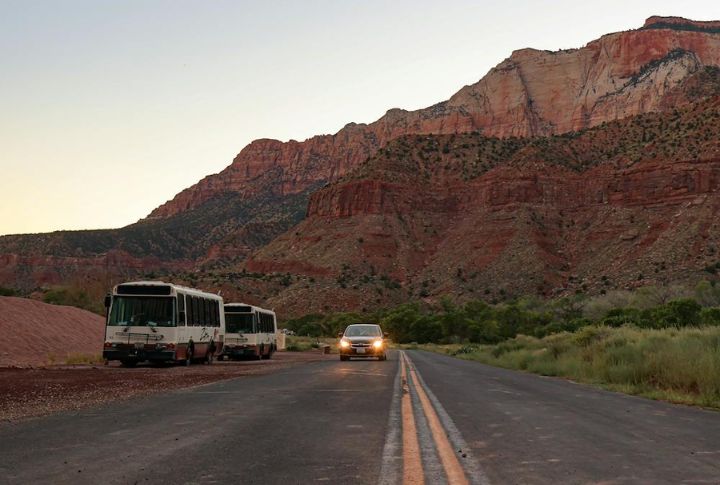
Utah’s varied terrain keeps motorists on their toes, making the experience both exhilarating and risky. With limits reaching up to 80 mph on rural interstates, speed enthusiasts find Utah a surprising contender. Here, long desert roads invite faster travel, yet sudden drops in speed limits near urban areas keep drivers on alert.
Slow: Alaska
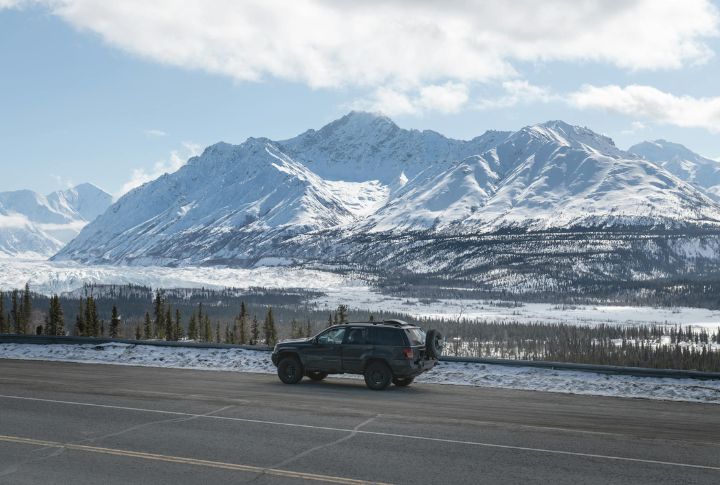
Icy patches and unexpected moose crossings keep Alaska’s drivers on high alert, even during clear days when the roads appear safe. The unpredictable weather and lengthy, dark winters demand constant caution, reinforcing the need for steady driving in a state where the speed limit caps at 65 mph.
Fast: Wyoming
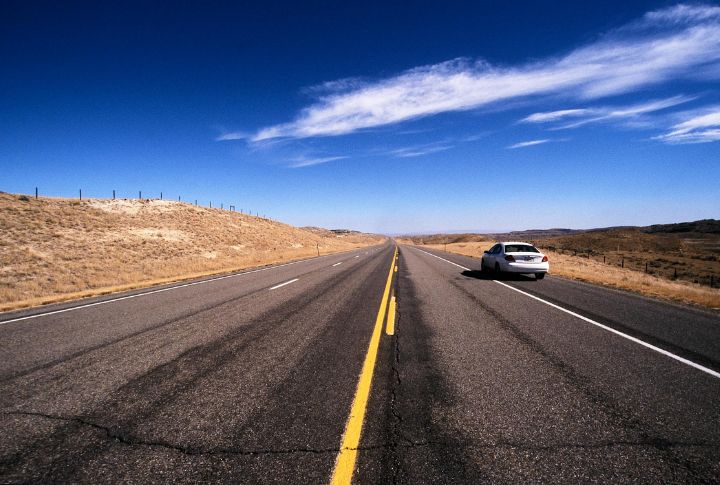
Ever driven through endless plains with barely another car in sight? That’s Wyoming, where the highway speed limit caps at 80 mph. Its wide-open roads and sparse traffic create the ideal setting for fast travel that makes higher speeds feel justified. However, icy roads remind drivers to always maintain caution.
Slow: Rhode Island
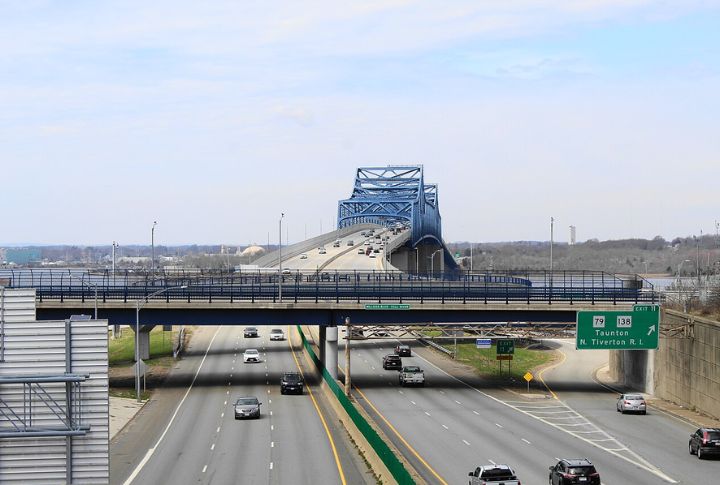
Rhode Island’s dense road network requires drivers to stay vigilant, with sudden exits and crowded streets making quick reactions essential. The state’s winding routes and constant congestion limit how fast motorists can travel, leading to a 65 mph cap on most highways to ensure safety.
Fast: Montana
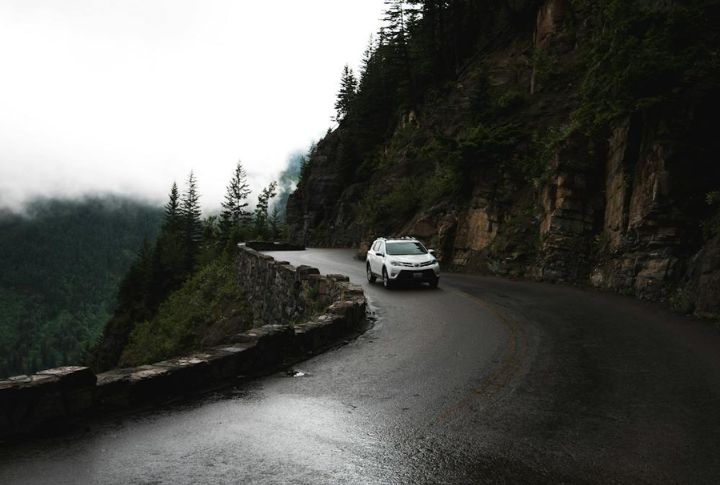
Speeding through Montana might seem tempting, but the state’s mountainous terrain and unpredictable weather demand attention. Once infamous for its unrestricted highways, Montana now enforces an 80 mph limit on designated routes, which aims to strike a balance between open-road freedom and safer driving practices.
Slow: Massachusetts
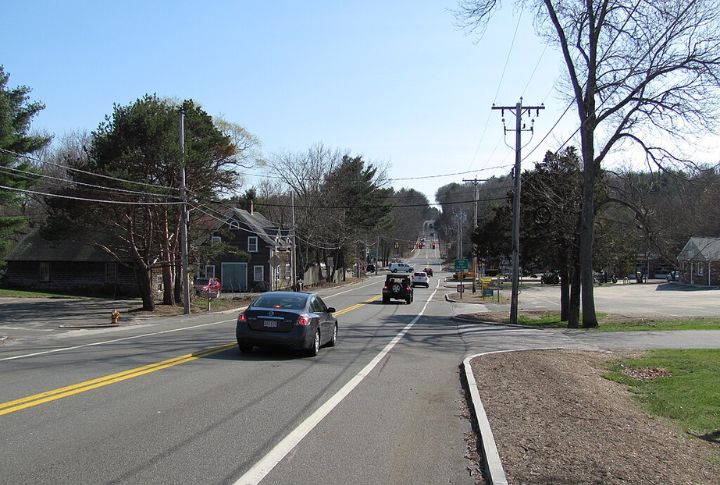
Commuters navigating Massachusetts highways encounter tight lanes, narrow bridges, and constant traffic flow, making 65 mph the typical maximum. Historic districts and crowded pedestrian zones rely on speed traps and strict enforcement to prevent rapid acceleration and promote safer, consistent driving conditions.
Fast: South Dakota
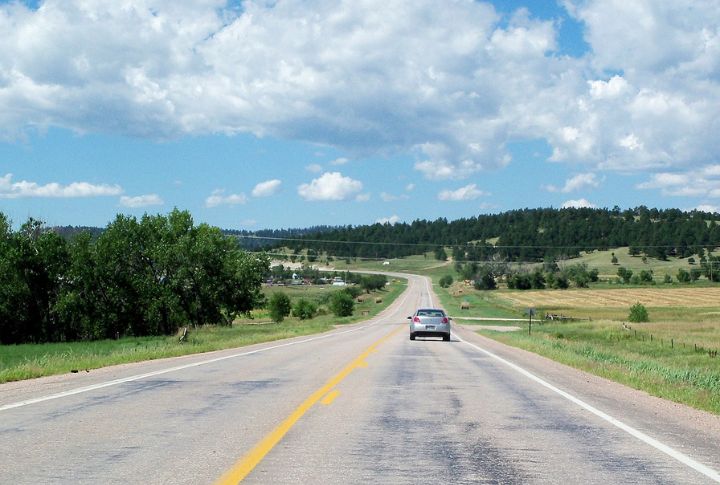
With open skies and sparse traffic, South Dakota’s 80 mph interstates offer truckers and road trippers the perfect setting for quick, uninterrupted travel. Yet, law enforcement maintains a strong presence, enforcing strict penalties for speeders to ensure safety.
Slow: New Jersey
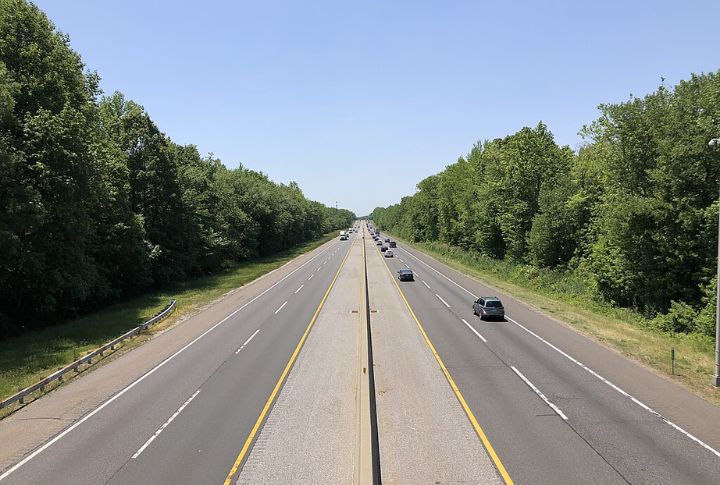
Quick lane shifts and sudden exits define New Jersey’s busy roads, where congestion and frequent stops challenge even the most experienced drivers. Patience is key, as enforcement zones regularly remind commuters to slow down in a state where the speed limit peaks at 65 mph.
